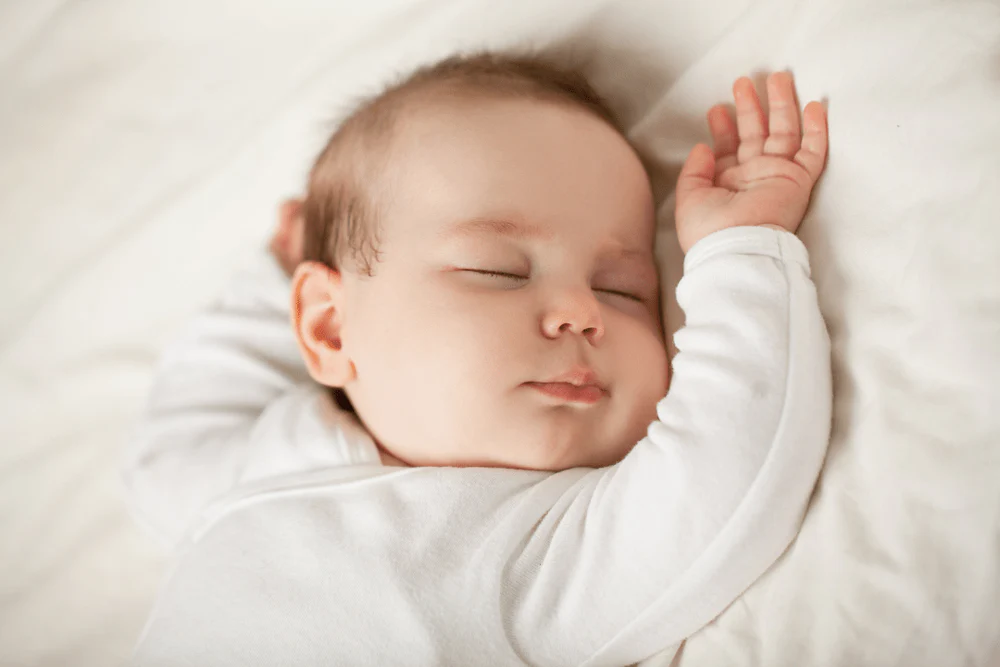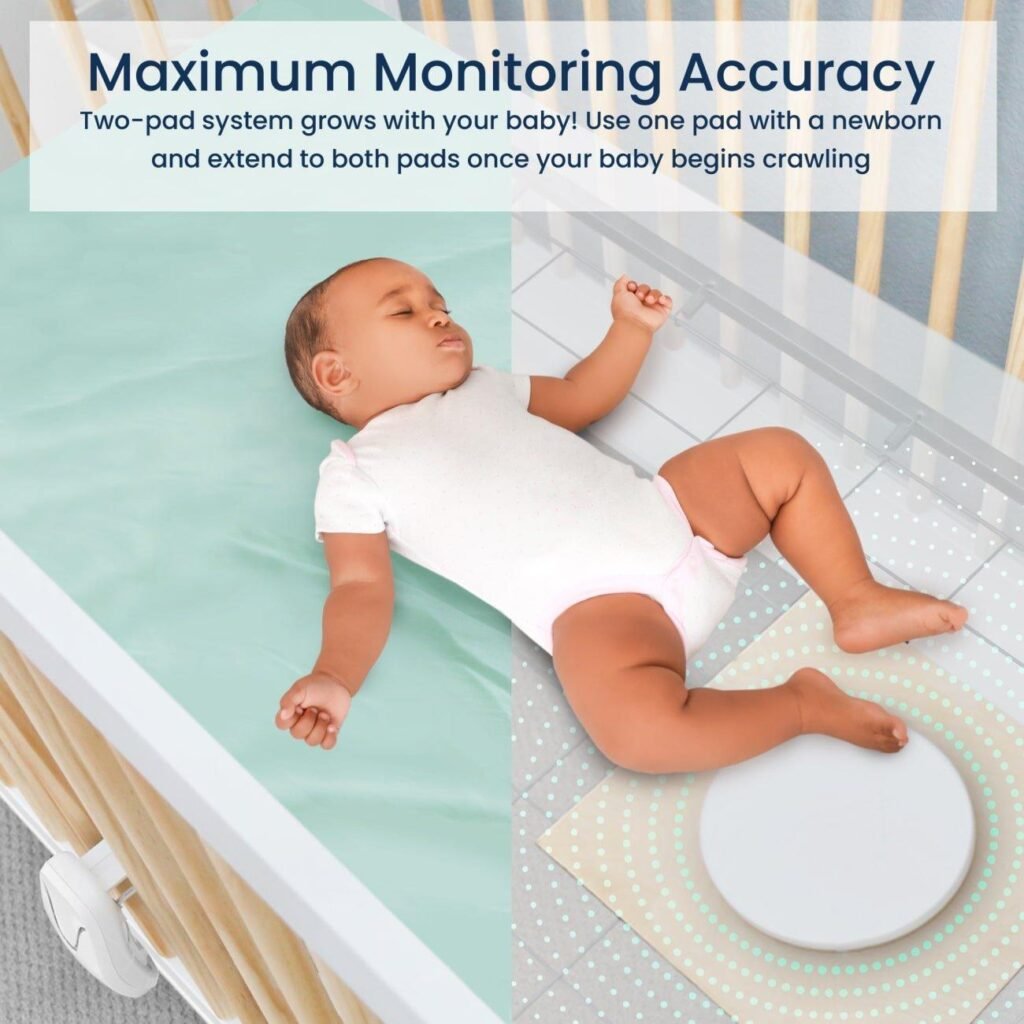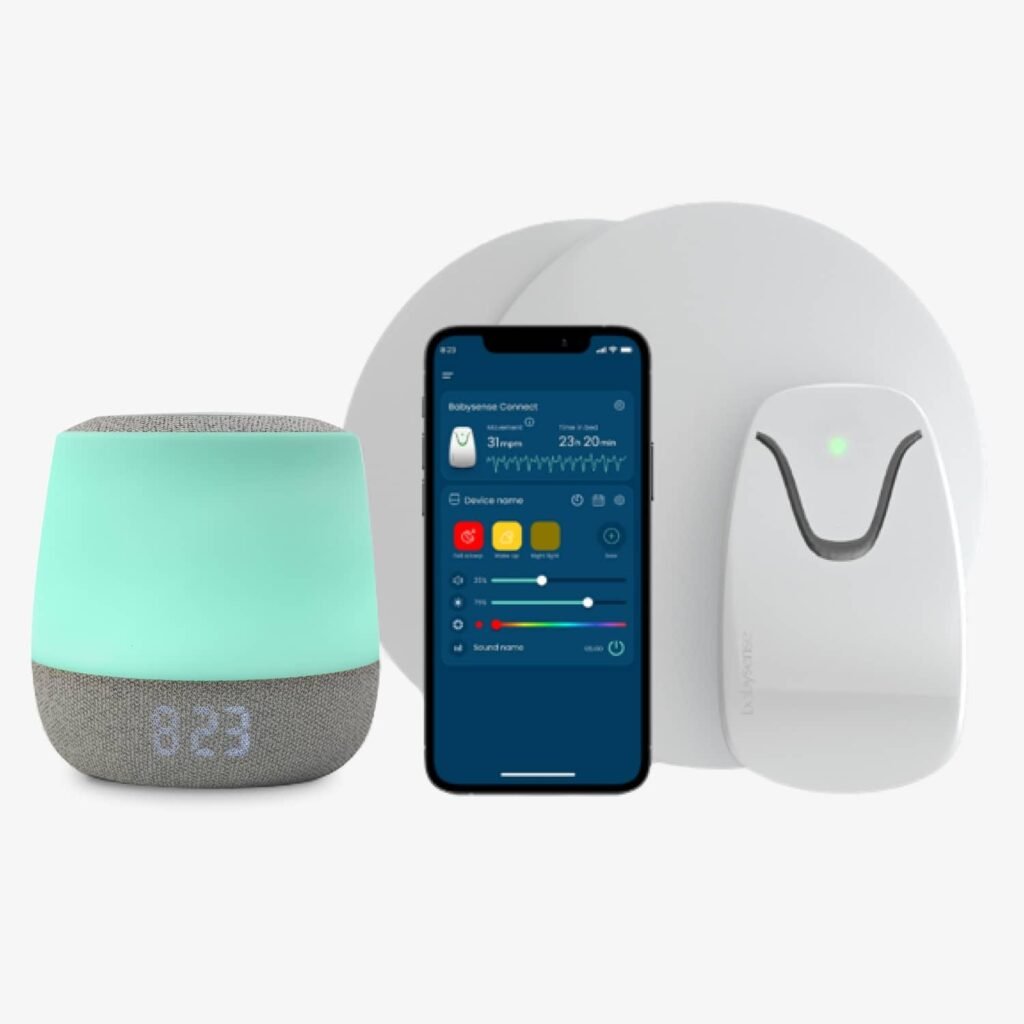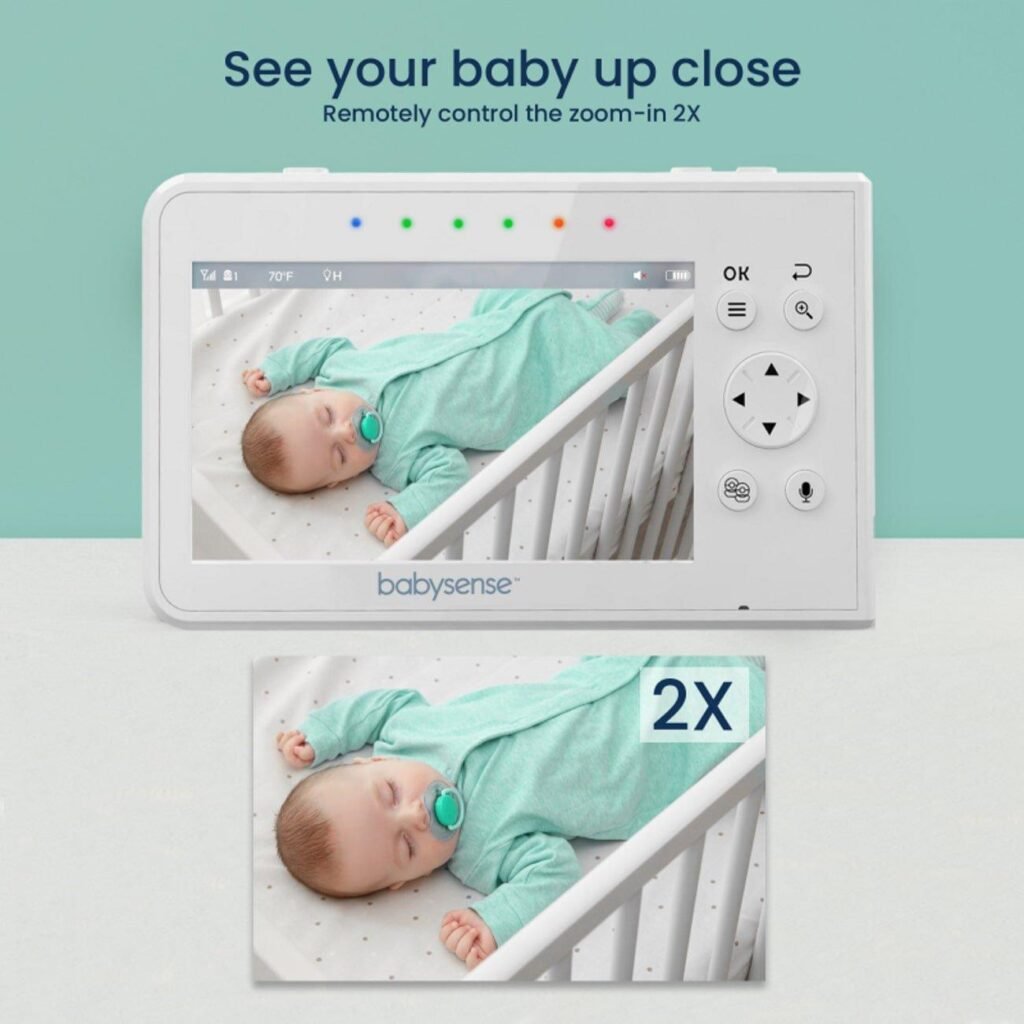Introduction: The Importance of Good Sleep for Babies
Good sleep is crucial for the healthy development and well-being of babies. It plays a vital role in their physical growth, brain development, and emotional regulation. During sleep, babies’ bodies undergo essential processes such as hormone production, cell repair, and immune system strengthening. Adequate sleep also helps to enhance cognitive functions, including memory, learning, and problem-solving skills. Moreover, a well-rested baby is typically more alert, content, and better equipped to interact with their environment and caregivers.
Ensuring your baby gets quality sleep can significantly reduce stress and improve the overall quality of life for both the baby and the parents. In this guide, we’ll explore various strategies and tips to help you revolutionize your baby’s sleep, making sure they get the restful and restorative sleep they need to thrive.

Understanding Baby Sleep Patterns
Understanding your baby’s sleep patterns is the first step to revolutionizing their sleep. Babies’ sleep patterns differ significantly from adults, and recognizing these differences can help you better meet your baby’s sleep needs.
Sleep Cycles and Stages
Babies experience different sleep cycles and stages compared to adults. Newborns typically sleep in short bursts, known as sleep cycles, which last about 50-60 minutes. Each cycle includes both active (REM) sleep and quiet (non-REM) sleep stages. Active sleep is when babies dream, move, and may make noises, while quiet sleep is deeper and more restorative.
Sleep Duration by Age
- Newborns (0-3 months): Newborns usually sleep 14-17 hours per day, divided into multiple short periods. They don’t have a regular sleep schedule yet and can wake up frequently for feeding and comfort.
- Infants (4-11 months): As babies grow, their sleep consolidates into longer stretches, and they typically sleep 12-15 hours per day. Around this time, they may start to develop more predictable sleep patterns.
- Toddlers (1-2 years): Toddlers need about 11-14 hours of sleep each day, including one or two naps.
Factors Influencing Baby Sleep Patterns
Several factors can influence your baby’s sleep patterns, including:
- Hunger: Newborns wake frequently to feed as their tiny stomachs can’t hold much milk.
- Developmental Changes: Growth spurts and developmental milestones, such as learning to crawl or walk, can temporarily disrupt sleep patterns.
- Teething: Discomfort from teething can cause sleep disturbances.
- Illness: Even minor illnesses can affect your baby’s sleep.
Establishing a Sleep Routine
Creating a consistent sleep routine can help regulate your baby’s sleep patterns. A predictable bedtime routine might include:
- A warm bath
- Gentle rocking or cuddling
- Reading a short story
- Singing a lullaby
- Dimming the lights
By understanding your baby’s sleep patterns and adapting to their needs, you can create a more restful environment that supports better sleep for both your baby and yourself. In the following sections, we will delve into practical tips and strategies to further improve your baby’s sleep quality.


Importance of Safety in the Sleep Environment
Ensuring a safe sleep environment for your baby is crucial for their well-being and can help prevent sleep-related accidents and Sudden Infant Death Syndrome (SIDS). A safe sleep environment not only promotes better sleep quality but also provides peace of mind for parents. Here are key guidelines to create a safe sleep environment for your baby:
1. Safe Sleep Position
- Back to Sleep: Always place your baby on their back to sleep, for naps and nighttime. This position significantly reduces the risk of SIDS.
- Avoid Side or Stomach Sleeping: These positions are associated with a higher risk of sleep-related deaths.
2. Safe Sleep Space
- Crib or Bassinet: Use a safety-approved crib, bassinet, or portable play yard with a firm mattress covered by a fitted sheet.
- No Co-Sleeping: Sharing a bed with your baby can increase the risk of suffocation and SIDS. Instead, place your baby’s crib or bassinet in your room to make nighttime feeding and comforting easier while keeping the sleep environment safe.
3. Crib Safety
- Bare is Best: Keep the crib free of soft bedding, pillows, toys, and bumpers. These items can pose suffocation and strangulation risks.
- Proper Mattress Fit: Ensure the mattress fits snugly in the crib with no gaps between the mattress and the crib walls.
- No Elevated Surfaces: Avoid placing the crib near windows, blinds, or cords that your baby could reach.
4. Appropriate Bedding and Clothing
- Firm Mattress: Use a firm mattress with a tight-fitting crib sheet.
- No Soft Items: Avoid soft objects, such as pillows, quilts, comforters, and stuffed animals in the sleep area.
- Proper Sleepwear: Dress your baby in appropriate sleep clothing, like a one-piece sleeper, and avoid overheating. Use wearable blankets or sleep sacks instead of loose blankets.
5. Optimal Room Temperature
- Cool but Comfortable: Keep the room at a comfortable temperature, typically between 68-72°F (20-22°C). Overheating can increase the risk of SIDS.
- Monitor Temperature: Use a room thermometer to ensure the environment stays within a safe range.
6. Additional Safety Tips
- Pacifier Use: Offering a pacifier at nap time and bedtime can reduce the risk of SIDS. If breastfeeding, wait until breastfeeding is well-established before introducing a pacifier.
- Avoid Smoke Exposure: Ensure your baby’s sleep environment is smoke-free. Exposure to smoke increases the risk of SIDS.
- Regular Check-ups: Follow your pediatrician’s guidelines for well-baby visits and vaccinations, as these can help reduce the risk of sleep-related issues.
By adhering to these safety guidelines, you create a secure sleep environment that not only enhances your baby’s sleep quality but also ensures their safety and well-being. In the next sections, we will explore effective tips, techniques, and tools to further support your efforts in revolutionizing your baby’s sleep.

